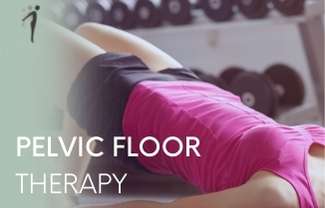SCOLIOSIS THERAPY
It is the three-dimensional spinal deformity that is the most common among spinal deformities and causes extremely serious posture disorders in the progressive stages.
What is Scoliosis?
It is the three-dimensional spinal deformity that is the most common among spinal deformities and causes extremely serious posture disorders in the progressive stages. As this deformity may occur due to the structural defect of the spine, it may develop due to external impacts to the spine. Scoliosis is a disease that threatens the future of growing age children. When the disease is detected early, a significant success can be achieved in the treatment. However, if the spine curvatures that cannot be diagnosed in time have progressed, the normal development of children is prevented, and in adulthood, low back and back pain, heart and lung dysfunctions occur.
The most important symptoms of scoliosis are the following:
- An imbalance develops between the shoulders, it is seen that one shoulder is lower than the other.
- Equality of the distance between the arms and the body and the balance of the body are not normal.
- An imbalance develops between the hips, it is seen that one hip is lower than the other.
- When viewed from the back, it is observed that the spine is not straight, but curves to the right-left side.
- On one side of the back, a protrusion, a hump appears, this protrusion increases with forward bending.
- It is seen that the body slides to the side.
- Those with scoliosis have back and low back pain.
- If scoliosis is advanced, shortness of breath and a feeling of fatigue occur.
What are the Scoliosis Grades?
The natural course of scoliosis may not always remain the same. The curvature of the spine may progress, stay the same, or rarely improve.
An increase of 5° or more in the spine in curves greater than 20° in two or more consecutive examinations, and an increase of 10° in curves below 20° are considered as progression. In double curves, curvatures in the back region, female gender, high degree of curvature at the time of diagnosis, curvatures diagnosed under the age of 10 tend to progress. The rate of progression is very low in curvatures below 20°.
How do we evaluate scoliosis?
As Fizyoform, we evaluate the patient-specific treatment program by supporting it with X-ray and MR images of the patient, along with the physical and functional tests we have done.
How Do We Treat Scoliosis in Fizyoform?
We prepare customized treatment programs, taking into account age, gender, degree and symptoms. Our physiotherapists have received special training on Schroth method. While preparing these treatment programs, our physiotherapists use the Schroth method, which is one of the 3D treatment methods specific to scoliosis.
WE WILL CALL YOU!
Leave your information, we will call you as soon as possible for detailed information!












 Pelvic Floor Therapy
Pelvic Floor Therapy




 Türkçe
Türkçe English
English Русский
Русский